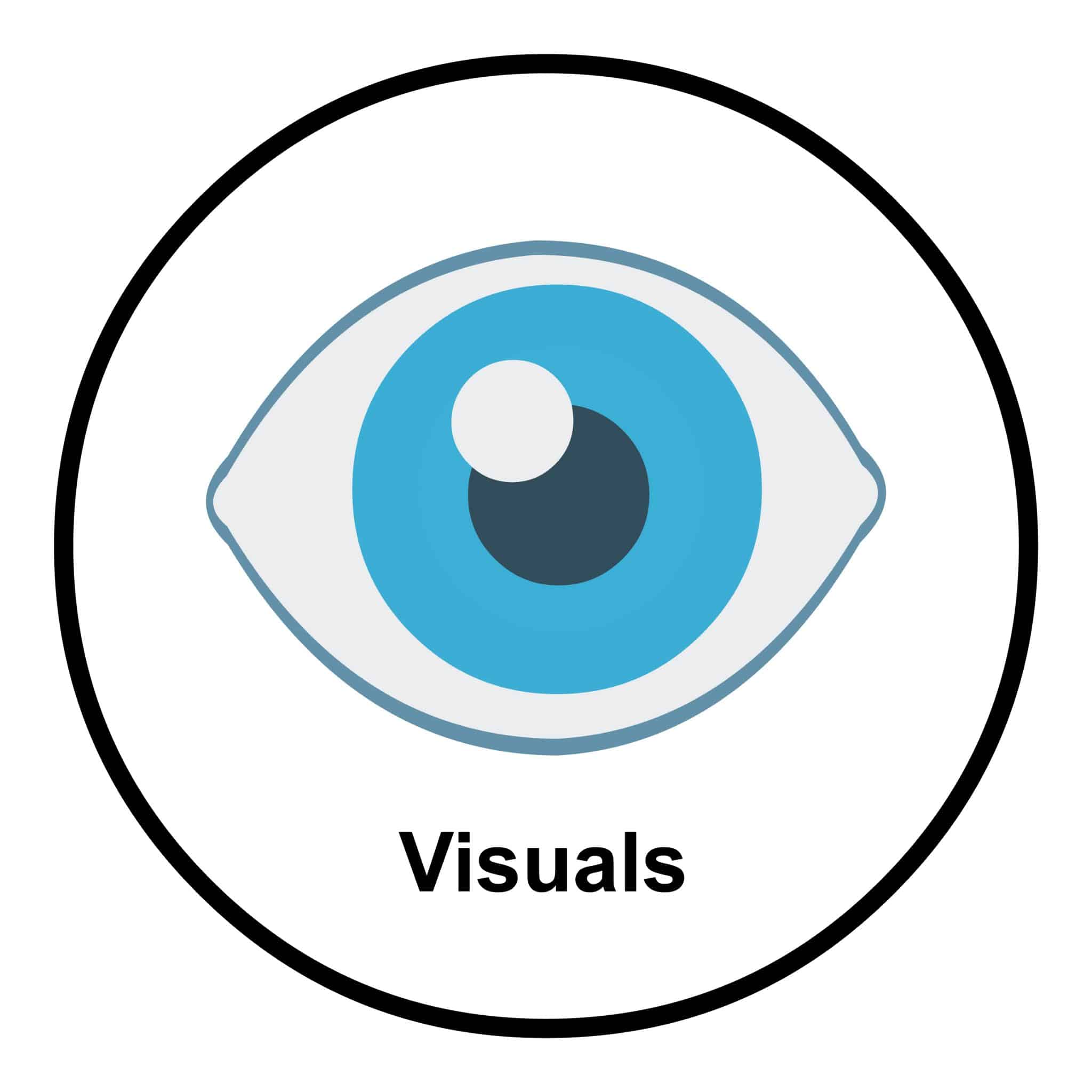Visuals – why we love them (and the evidence)
VISUALS 
This month the review of the evidence is all about our favourite resource in the world – VISUALS!!
RESEARCH
There is a large body of evidence linking cognitive and physical disabilities with externalising problematic behaviours (Visser et al., 2015; Artemyeva, 2016; Giltaij, Sterkenburg & Schuengel, 2015; Poppes et al., 2016).
In particular, the literature suggests that problematic behaviour in children with disabilities is related to deficits in receptive and expressive communication (Murphy, Faulkner & Farley, 2014; Ronen, 2001; Ketelaars et al., 2010; Conti-Ramsden & Botting, 2004).
Outcomes of problematic behaviour can include victimisation, development of poor peer relationships and long term difficulties with employment and romantic relationships (Murphy, Faulkner & Farley, 2014; Whitehouse et al., 2009).
As such, it is imperative to develop augmentative and alternative communication techniques to increase engagement in, and outcomes of, communication.
A review of the available literature shows the efficacy of using icons and pictures to aid in communication for children with additional needs (Flippin, Reszka & Watson, 2010; Hartley & Allen, 2015), particularly in the effectiveness of visual aids over text and words (Dewan, 2015).
Pooley and Berg (2012) report that “simple graphics can be rapidly communicated, processed and transmitted within a large and culturally diverse constituency” (p.361), and as such icons have the ability to be utilised across multiple domains.
Pictorial devices are already being used in classrooms, and there is good evidence for the effectiveness of these systems, such as PECS, in schools (Flippin, Reszka & Watson, 2010; Lerna et al., 2012).
In addition to this, augmentative and alternative communication for children with additional needs, including the use of visual aids, has been shown to effectively address challenging behaviour, improve communication and increase positive outcomes related to social learning, peer relationships and academic results (Walker & Snell, 2013; Hines & Simonsen, 2008; Ganz, Parker & Benson, 2009; Lerna et al., 2012).
FURTHER INFO:
Take a look at our page on visuals (where you can get LOADS of free visuals) here.

